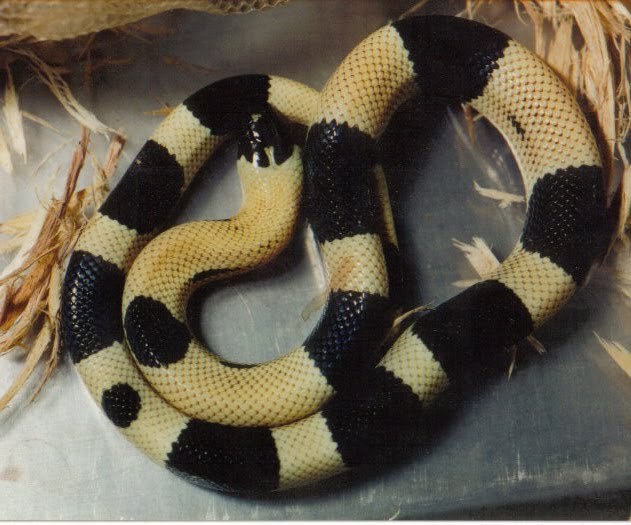

If you choose to add a basMilk bulb to add more light to your cage make sure that you maintain proper heat levels but not go over 88 deg. Milk Snakes, like all snakes do not require a light or UV bulb. We recommend controlling the ceramic emitter with a thermostat, such as the BAH-500 or BAH-1000DC, and monitoring the temperatures with a thermometer. The heat mat and ceramic heat emitter should be on one side while the other side should not have any heat source.

We recommend the Intellitemp Heat Mat and Big Apple Black Heat Infrared Ceramic Heat Emitter. The best way to heat your Milk Snake’s enclosure is with a combination of heat mat and ceramic heat emitter. Whichever you decide to use, stick to well-known products designed for use with reptiles and be careful of some commercial aspen brands as they may contain high amounts of dust or other contaminants that that can be harmful to your pet.Īs with all reptiles, Milk Snakes need a thermal gradient consisting of a warm side (86° F) and a cool side (78° F). Baby Milk Snakes can also be kept on paper towels or similar product until they become juveniles. Reptile keepers also use Zoo Med Repti Bark, Zoo Med Forest Floor Cypress Bedding or Zoo Med Eco Earth. Zoo Med Aspen Snake Bedding is generally the best substrate for Milk Snakes. You should NEVER house more than one Milk Snake together as Milk Snakes sometimes are cannibalistic. Since like most snakes, Milk Snakes are escape artists, a secure screen top is absolutely critical to keep your snake from escaping the enclosure.

There is no such thing as a cage too big for a Milk Snake so larger is always much better than smaller. For example, a subspecies that becomes a 4 foot adult should be housed in an enclosure at least 40 gallons in size.
Pueblan milksnake care full#
At Big Apple Pet Supply, we carry only Captive Bred Milk Snakes to maintain strict quality control.īaby and juvenile Milk Snakes can be set up in an enclosure as small as a 10 gallon (20" x 10" x 12"H) but adults should be housed in a larger enclosure of 20 to 70 gallons (36" x 18" x 25"H) depending on their full adult size to allow for additional room and a better design.
Pueblan milksnake care how to#
For these reasons, it is difficult to provide a single care sheet for all species and subspecies of Milk Snakes, but below is a basic outline of how to keep your Milk Snake happy and healthy. Milk Snakes come from grasslands, farmlands, pine and deciduous forests and generally reach adult sizes all the way from 2 to 5 feet. The genus of Milk Snakes contains an incredible variety snakes that have a large range of sizes and habitats. Either can carry and easily transmit deadly diseases to your snake.Milk Snakes include some of the most beautiful subspecies of any genus and they are easy to keep in captivity which explains why they are incredibly popular with reptile hobbyists. Feeding other reptiles to your snake is not advised, regardless of whether they are wild caught or captive bred. All rocks and other similar items should be large enough that your snake can not ingest it. Any outdoor items being added to the enclosure should be properly disinfected before use. That said, while there are various ways to offer enrichment to your snake, remember to be safe in doing so. They also benefit from time outdoors on a warm, cloudy afternoon. If you feed frozen/thawed, hiding the feeder to encourage hunting behavior is also recommended. Branches, PVC pipes, and ledges make for good climbing opportunities as long as they are placed relatively low to the ground to prevent your snake from hurting themselves. Offering c ork bark, rocks, and foliage are great for textural stimulation. Milksnakes are relatively active and inquisitive snakes that do well with many forms of enrichment.


 0 kommentar(er)
0 kommentar(er)
